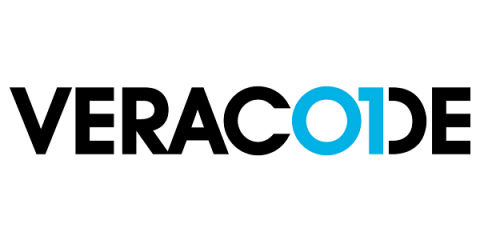One Veracoder's Tips for Setting Up a Successful Security Champions Program
My name is Seb and I’m an application security (AppSec) engineer, part of the Application Security Consultant (ASC) team here at Veracode. My role is to help remediate flaws at scale and at pace, and to help you get the most out of the Veracode toolset. With a background as an engineering lead, I’ve run AppSec initiatives for government and global retailers. I’ve found that successful AppSec is all about people.





